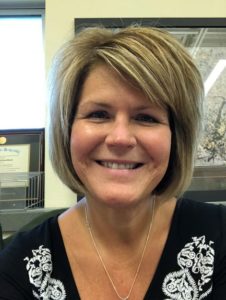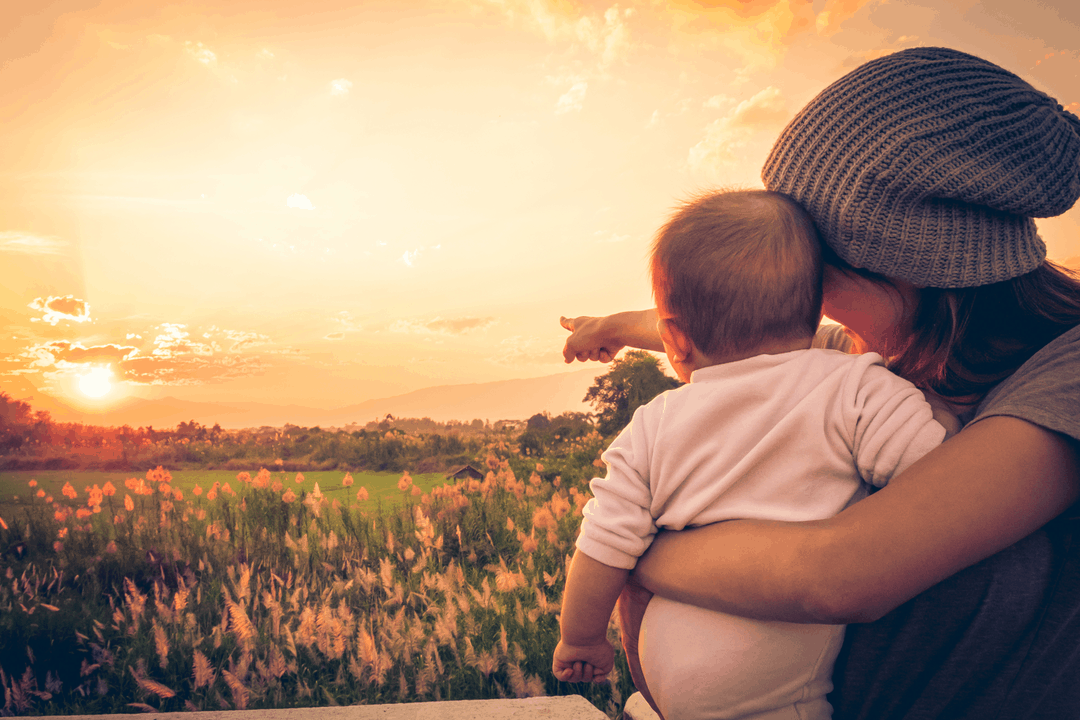Hope can be defined as wanting something to happen or be true or to expect something with confidence, per Merriam-Webster. (Dictionary, 2021)
Each of us has hoped for something in our lives. Maybe we hoped for Legos® for Christmas or to go to the movies with our best friend. We could have hoped to catch the biggest fish or to pass our driver’s license test. Sometimes we hope for things that stir our heart, such as the health and recovery of someone we love or ourselves. We hope for lots of things.
The benefits of hope are real, as evidenced by research. Research suggests that hope helps children succeed despite hardships. (Maholmes, 2014) Hope can predict academic achievement (Day, Hanson, Maltby, Proctor, & Wood, 2010) and performance. (Land, Martin, & Shea, 2011) Hope can moderate trauma and related anxiety in young adults. (Griggs, 2017) Hope promotes physical health and healing. (Schiavon, Marchetti, Gurgel, Busnello, & Reppold, 2017)
The most wonderful thing about hope is that it is an actionable step – not a passive feeling. (Sicinski, 2021) We can and must nurture hope in concrete ways – for ourselves and those we care for, but how? There are three primary components to hope: goals, agency, and pathways. (Snyder, 2000) Agency can be defined as focused energy or believing in our ability to make things happen or reach our goals. While pathways are the actions leading to those goals. (Weir, 2021)
So how do we translate hope into everyday steps we can practice or encourage in others?
- Envision what you want. It is important to have a clear picture of what you want to work towards – what the future holds. Consider writing it down or making a vision board or storyboard – inspire yourself.
- Create action steps. Planning for two or three steps that move you closer to what you hope for creates movement. Small steps are often the best as they create momentum. For example, instead of saying “I will only eat healthy foods,” try saying, “I will drink eliminate one soft drink or will add one fruit or vegetable to my diet.”
- Celebrate the positive movement towards what you want – what you hope for. Sometimes we forget that success comes with action, something that we did to work toward that success.
- Allow the stumbling blocks to strengthen your ability to rise, start over, try again. When we bump into roadblocks, it is important to ask ourselves what we can learn from it and decide to try again. Maybe we did not offer ourselves enough grace for the challenges, possibly our steps were too big, and it could be that the timing was simply off a bit.
- Practice optimism. Optimism supports feelings of peace, adaptability, and self-worth. All closely weave together to create a hopeful attitude. (University of Kansas Health System, 2021) Talk to yourself with the kindest of words, as you would a loved one, your best friend, or the littlest child. Challenge negative self-talk.
- Laugh. Laughter decreases stress, creates a boost in energy – vital for hope. (Weir, 2021)
- Care for yourself. Practice loving self-care. Allow yourself to say no to others, take an afternoon on your day off, enjoy your first cup of coffee, turn electronics off a couple of hours before bedtime – do the small things that create peace for you.
- Connect with others. Be with people who love you and who you love. Plan an afternoon with friends or treasured loved ones.
- Reach beyond yourself. Look for opportunities to be of service to others. Volunteer with a group or population that you feel passionate about or who inspires you.
Hope is courage. Hope is resilience. Hope is more than a feeling. Hope is real.
References
(2021, March 26). Retrieved from University of Kansas Health System: https://www.kansashealthsystem.com/health-resources/turning-point/programs/resilience-toolbox/hope-and-optimism/why-do-we-need-hope
American Psychological Association. (2021, March 9). Retrieved from www.apa.org: https://www.apa.org/monitor/2019/06/cover-opioids-stigma
Ashford, R. D., Brown, A. M., & Curtis, B. (2018). The Language of Substance Use and Recovery: Novel Use of the Go/No–Go Association Task to Measure Implicit Bias. Health Communication, 1-7.
Day, L., Hanson, K., Maltby, J., Proctor, C., & Wood, A. (2010). Hope uniquely predicts objective academic achievement above intelligence, personality, and previous academic achievement. Journal of Research in Personality, 550-553.
Dictionary, M.-W. (2021, March 18). Merriam-Webster. Retrieved from Merriam-Webster.com: https://www.merriam-webster.com/dictionary/hope
Griggs, S. (2017). Hope and Mental Health in Young Adult College Students: An Integrative Review. Journal of Psychosocial Nursing and Mental Health, 28-35.
Land, K. L., Martin, A. D., & Shea, A. M. (2011). Hope, but not optimism, predicts academic performance of law students beyond previous academic achievement. Journal of Research in Personality, 683-686.
Maholmes, V. (2014). Fostering Reslience and Well-Being in Children and Families in Poverty. New York: Oxford University Press.
Schiavon, C. C., Marchetti, E., Gurgel, L. G., Busnello, F. M., & Reppold, C. T. (2017). Optimism and Hope in Chronic Disease: A Systematic Review. Frontiers in Psychology.
Sicinski, A. (2021, 18 March). https://blog.iqmatrix.com/nurturing-hope. Retrieved from IQ Matrix: https://blog.iqmatrix.com/nurturing-hope
Snyder, C. R. (2000). Hypothesis: There is hope. Academic Press, 3-21.
The Surgeon General’s Spotlight on Opiods. (2021, March 9). Retrieved from https://addiction.surgeongeneral.gov/: https://addiction.surgeongeneral.gov/executive-summary/reasons-for-optimism
Weir, K. (2021, March 26). American Psychological Association. Retrieved from American Psychological Association: https://www.apa.org/monitor/2013/10/mission-impossible
About the Author



